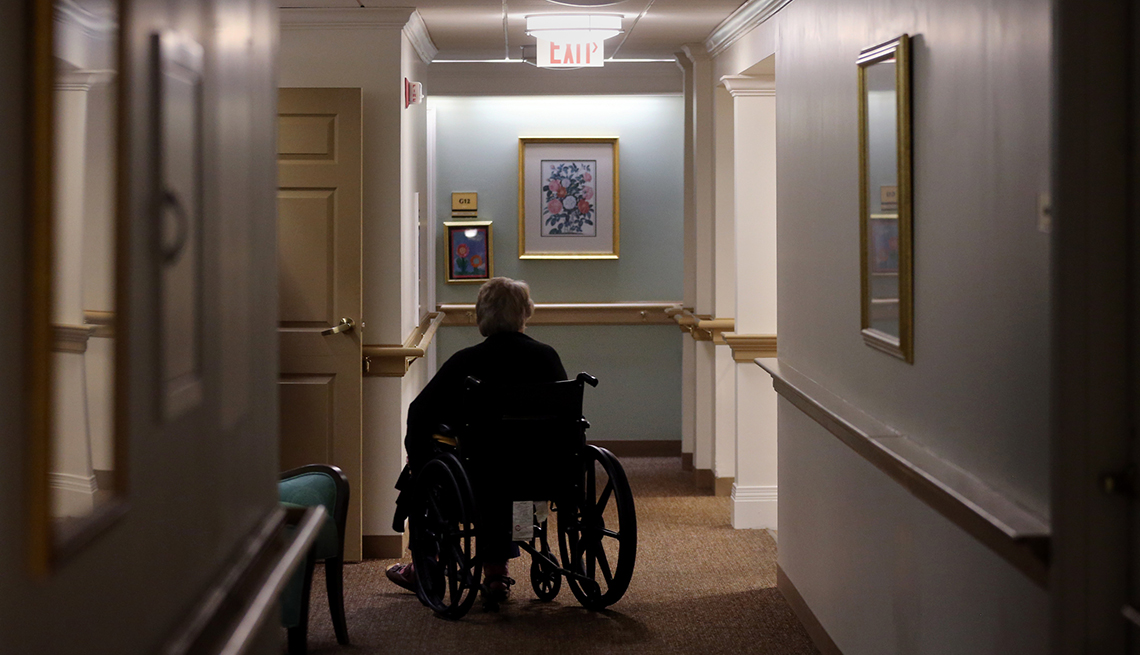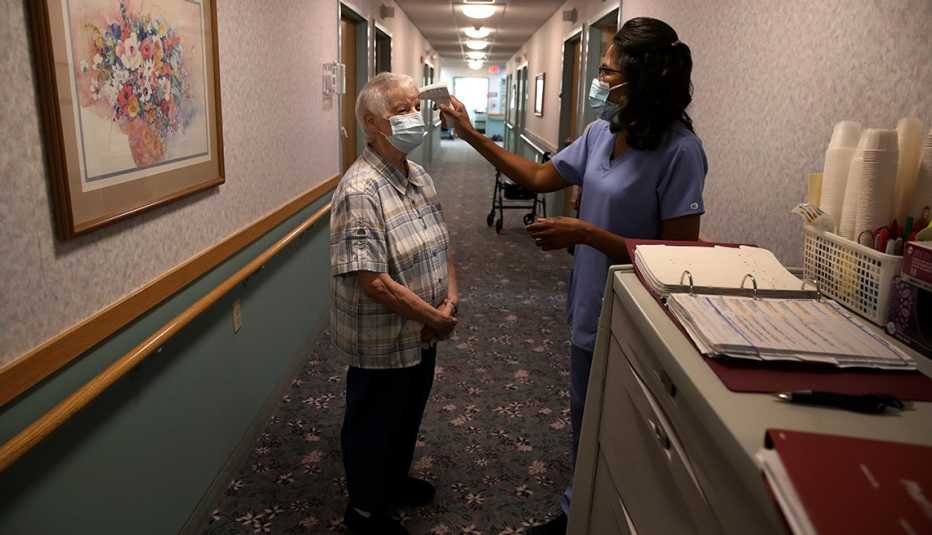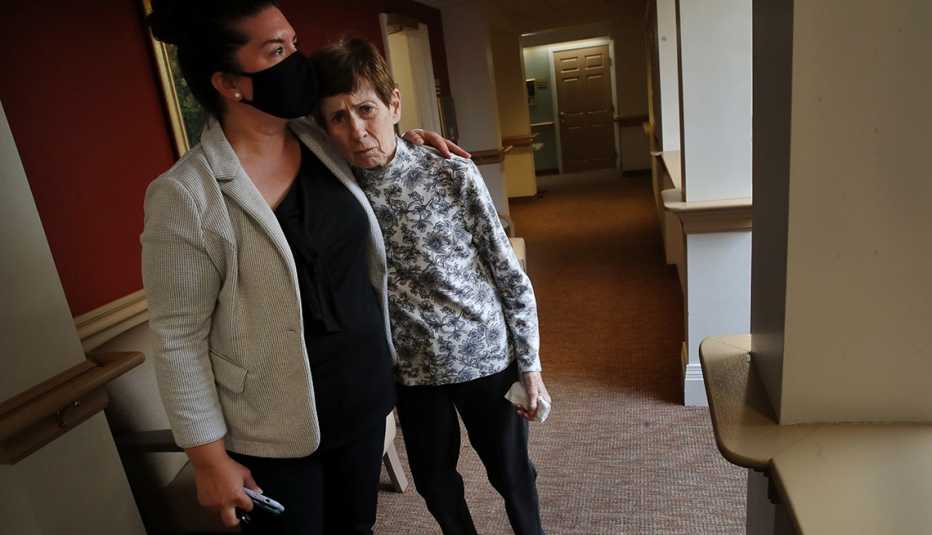Staying Fit
A Kansas nursing home recently made national headlines after disclosing that every one of its 62 residents had tested positive for COVID-19. At least 10 died. Months earlier, the facility had been cited for failing to implement federal infection control guidelines. Staff members did not consistently wear masks and said they hadn't received comprehensive infection control training.
Nonetheless, the Andbe Home in Norton, Kansas had received more than $300,000 in federal support through a program set up by Congress to help nursing homes and other health care providers during the pandemic. Known as the Provider Relief Fund, the program began distributing tens of billions of dollars in federal aid shortly after it was created with the passage of the CARES Act in March. Roughly $21 billion was earmarked for nursing homes — a total that doesn't include Paycheck Protection Program loans and state-specific support that many facilities received.


AARP Membership— $12 for your first year when you sign up for Automatic Renewal
Get instant access to members-only products and hundreds of discounts, a free second membership, and a subscription to AARP the Magazine.
The government support has been described as manna by a nursing home industry upended by the coronavirus pandemic. More than 67,000 nursing home residents and staff have died from COVID-19, more than a quarter of all coronavirus deaths in the U.S. Long-term care facilities more broadly have seen more than 90,000 deaths — 40-percent of COVID-19's death toll.
And with cases surging across the country and long-term care facilities bracing for a difficult winter, nursing homes are clamoring for additional money. Two of the industry's largest trade organizations, the American Health Care Association/National Center for Assisted Living and LeadingAge, have called for an additional $100 billion to be pumped into the Provider Relief Fund.
But many industry experts and watchdogs are opposed to distributing more federal aid without a better understanding of where the money's going. Public records show aid dollars have gone to facilities that have repeatedly been cited for health violations, insufficient care or worse. An investigation by The Washington Post found that hundreds of millions of aid dollars have been sent to facilities sued in recent years for Medicare fraud. “I am both skeptical and concerned about where that money has gone,” says Mike Wasserman, a past president of the California Association of Long-Term Care Medicine.
He and other industry critics say the federal funds have been distributed without enough transparency and with too few strings attached, potentially opening the door for large, for-profit operations to pad their bottom lines. Public records show which operators have received money — and how much — but not how that money was spent. Payments vary considerably from one operation to the next. The Brooks Rehabilitation skilled nursing facility in Jacksonville, Florida, received more than $2 million through the Provider Relief Fund, while the Lutheran Haven nursing home and assisted living facility in Oviedo, Florida — roughly two hours south of Jacksonville — received a little more than $300,000.
The federal government is expected to launch an auditing system early next year to track how facilities have spent the money they've received. But with calls for additional stimulus growing louder, experts fear that the audit will be too little, too late and that large for-profit establishments may be able to shield money from public view.
"There are billions of dollars here,” says Elaine Ryan, vice president for state advocacy and strategy at AARP. “I'm not saying that's adequate or inadequate. I'm just saying that taxpayers, residents and staff deserve answers. What has been done with those dollars?”
'The business is still burning cash'
Few question that the pandemic has dealt a financial blow to the nursing home industry. Many nursing facilities — nonprofit and for-profit alike — rely on Medicare payments from short-term rehab patients and Medicaid payments from long-term care residents. As elective surgeries cratered and nursing homes became less attractive to short-term patients amid the COVID-19 carnage, Medicare dollars dried up. And as residents’ families pulled them from facilities — and as residents with COVID-19 died and beds were left unfilled by new residents — homes were left with fewer Medicaid recipients as well.




































































